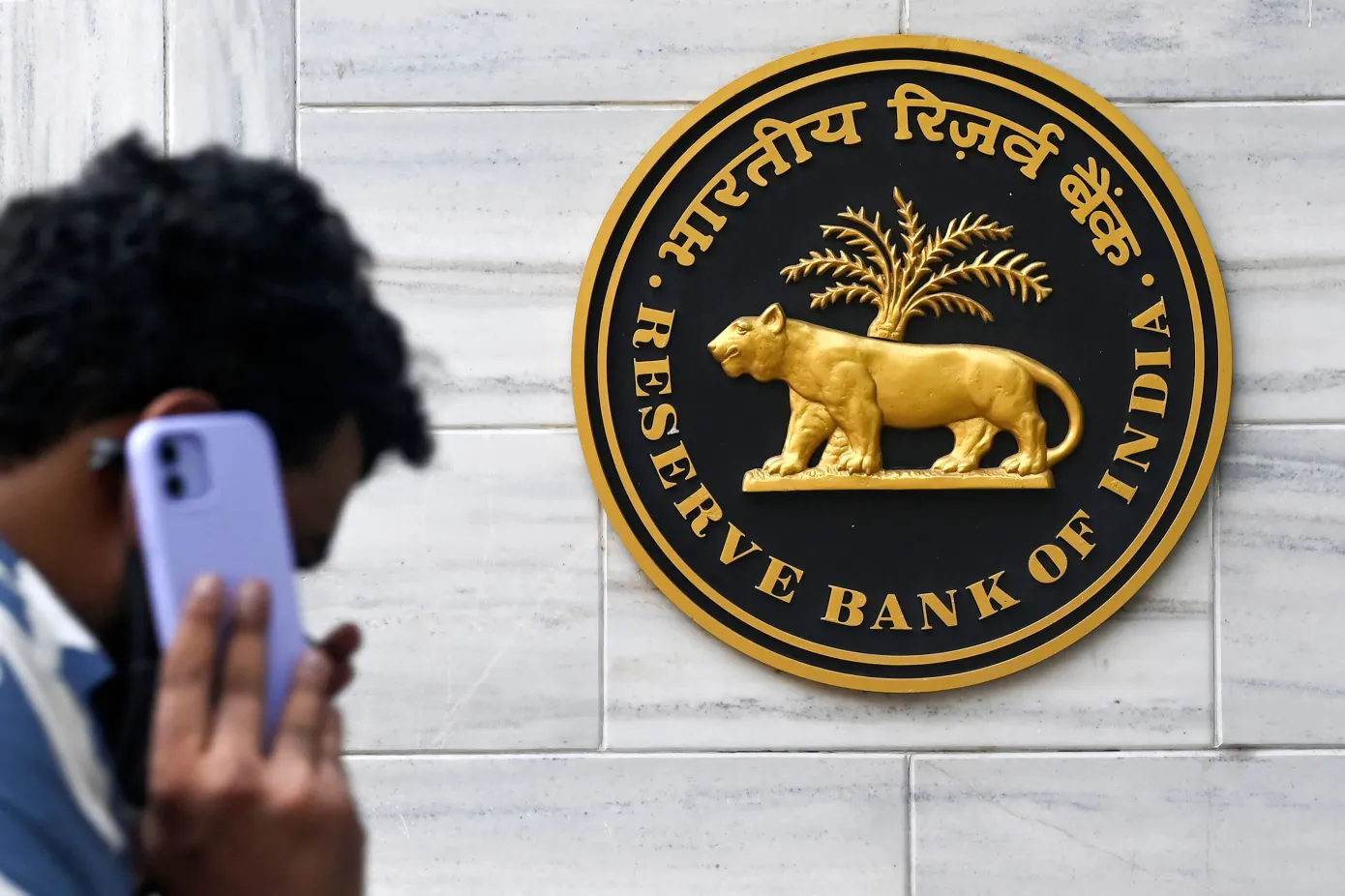Kenyan financial industry players, including banks, have warned that issuing a Central Bank Digital Currency (CBDC) may spark the collapse of an unspecified number of banks as customers rush to convert their money from the current form of deposits.
A document by the Central Bank of Kenya (CBK) incorporating feedback from diverse sources such as individuals, public institutions and commercial banks shows many of them are concerned about the possibility of the digital currency triggering a bank run.
The regulator agrees with the many concerns, saying the rollout of the digital currency should not be “a race to be first” and that this form of currency may not be a priority in Kenya “in the short to medium term.”
The Kenyan version of the CBDC, whose introduction has been under debate for the last few years, prompted the CBK to issue a discussion paper in February last year but the feedback points to more threats than opportunities.
Respondents told the CBK that the digital currency could become a threat to Kenya’s financial stability, especially if the regulator issues the currency directly to customers, making the regulator a direct competitor with the same entities it oversees.
Such a move, the stakeholders warned, would see customers dump their deposits— currently above Sh4.828 trillion—and convert them into digital currency and therefore trigger bank failures.
Call for Applications: Central Bank Digital Currency (CBDC) in Africa Fellowship and Policy Report
“It was noted that CBDC may lead to CBK competing with banks, resulting in system-wide bank runs,” says the CBK in the paper published last Friday, capturing public input.
“This is because customers would perceive CBDC as risk-free and convert their deposits to CBDC. This would in turn stress bank deposits, threaten financial stability, and adversely impact monetary policy transmission due to an increase in central bank-issued money, and a reduction in deposits held by banks.”
Banks rely on customer deposits for funds to lend to both the private sector and the government as part of their role as financial intermediaries in the economy.
Losing deposits, especially those accessed at low cost, would squeeze bank interest margins, forcing them to raise the cost of loans to mitigate the risk of lower profits.
Kenya has had a previous wave of bank failures—12 between 1984 and 1989, 19 between 1993 and 1995, six between 2000 and 2005 and three between mid-2015 and 2016— leaving a trail of pain among the depositors.
The CBK says its vision is for a payments system that is secure, efficient, and widely available to and works for Kenyans.
“The rollout of CBDC should not be rushed just to be first or ride on trends. Presently, Kenya’s pain points in payments can potentially be solved by strengthening innovations around the existing payment ecosystem,” said the CBK.
The CBK says mobile money has been a game changer in Kenya, significantly expanding financial inclusion to 83.7 percent unlike the proposed CBDC, which respondents said may exclude many people unless it is designed on low-cost technology that supports online and offline transactions.
The rise of mobile money in Kenya, the regulator notes, has placed the country as a cradle of innovation and the rollout of any technology should be judged on the ability to solve a pressing societal problem and not just because it is unique.
“Therefore, the focus of the assessment of CBDC innovation must be on functionality and the problem it resolves for the people rather than the technology,” says the CBK.
Some of the respondents have asked the CBK to mitigate against the deposit loss risk by capping how much can be converted into digital currency or adopting a non-interest-bearing retail CBDC to discourage the conversion.
The CBK is also being asked to consider barring the conversation of bank deposits into digital currency and setting up a fund to assist the transition of financial institutions that may be adversely affected if digital currency is ever rolled out.
Other respondents want the idea of the digital currency dropped for a smart banknote— a physical banknote with features that can communicate with an electronic network—which they believe would require fewer resources.
While the paper highlights several advantages in issuing a digital currency such as easing and lowering the costs of cross-border payments and enhancing transparency, the CBK is urging caution so that the disadvantages do not end up outweighing the gains.
The CBK is instead calling for a measured approach that is consistent with that taken by major global central banks, with several of them having deferred the decision on rolling out digital currencies.
Many respondents also told the regulator that since the digital currency is technological, it would be vulnerable to system failures and downtimes, as well as cyber-attacks and threats.
The allure of CBDC has been fading on the global stage, especially with the recent instability in the global crypto assets market, which was last year punctuated with extreme volatility and the collapse of stablecoins and crypto exchanges.
The market capitalisation of crypto assets was reduced by more than half last year when compared with 2021, leading to investor caution and reduced interest in crypto assets.





